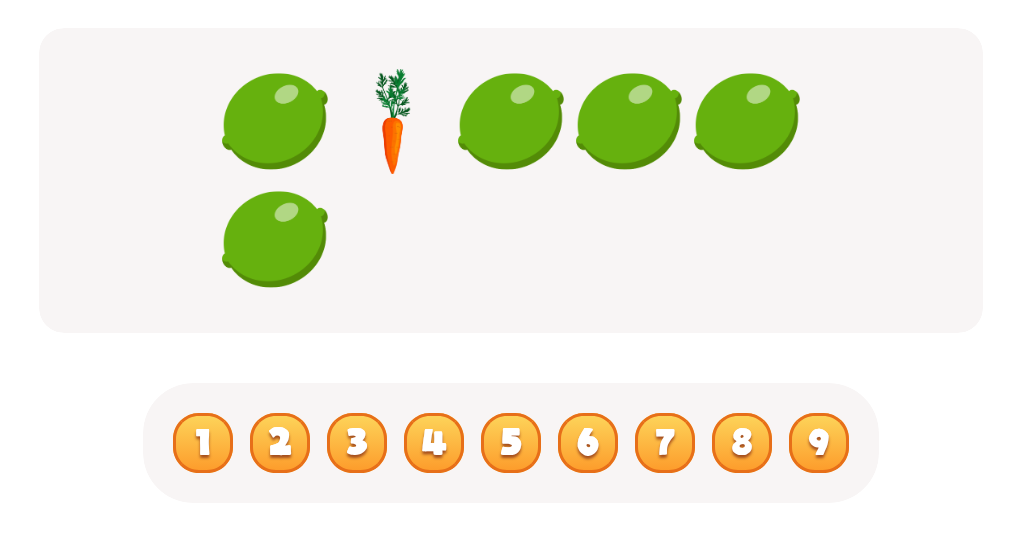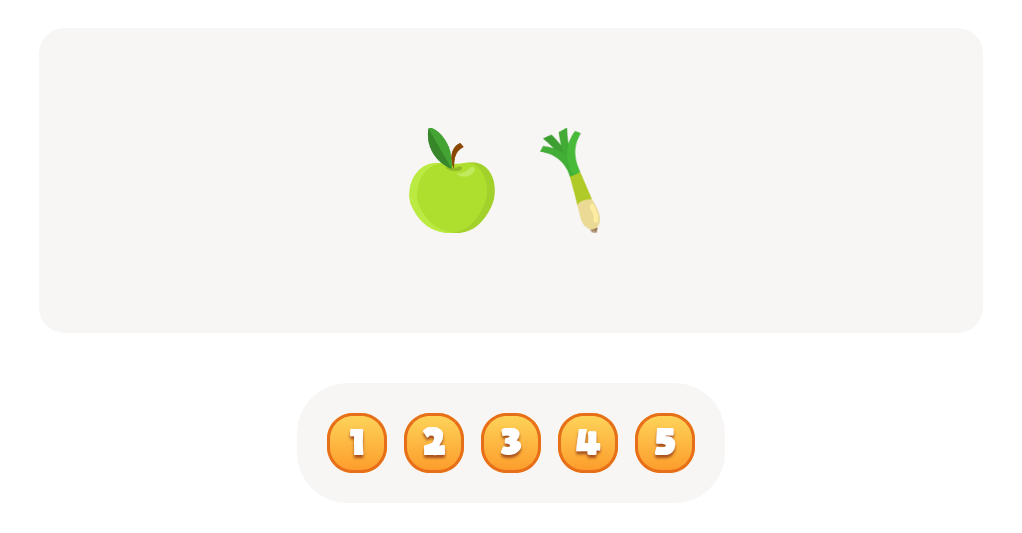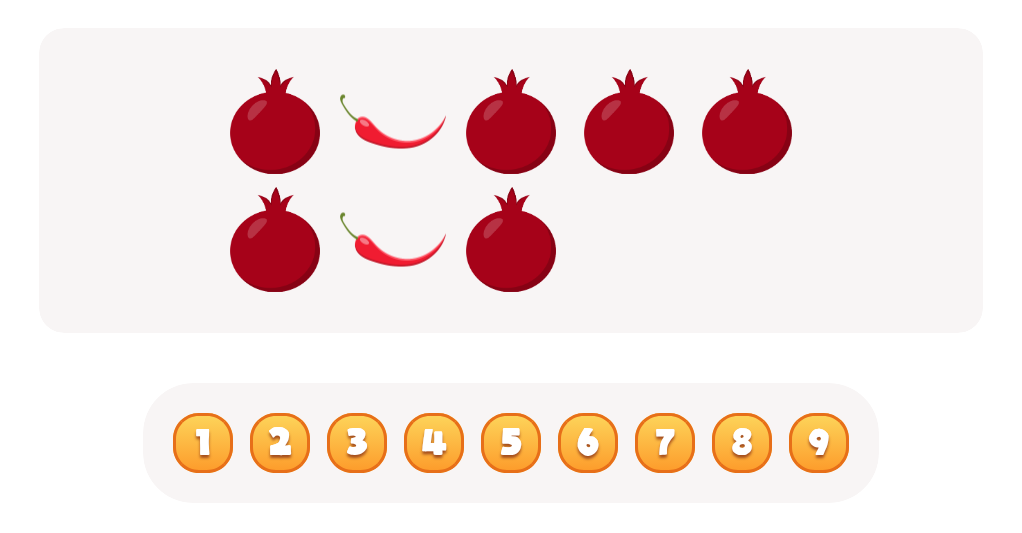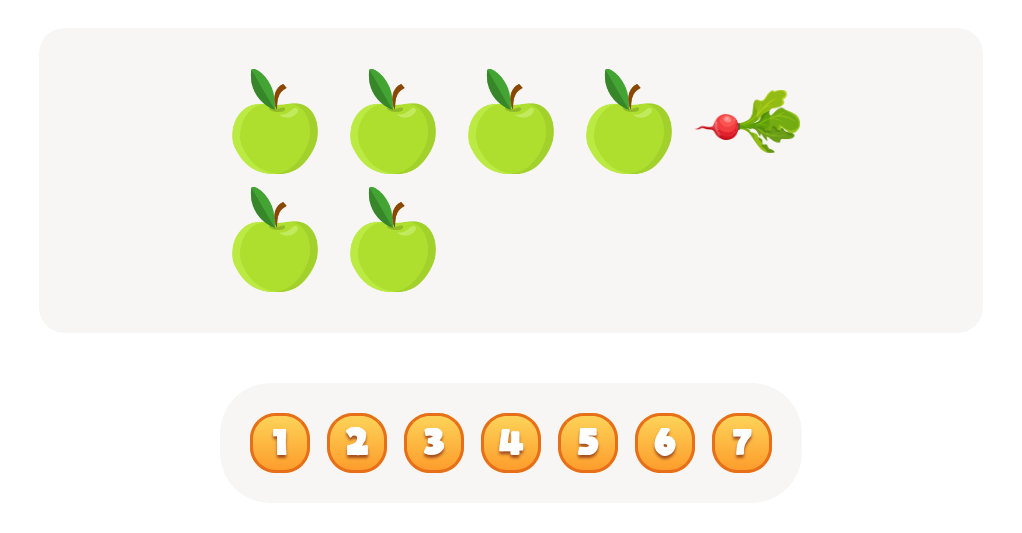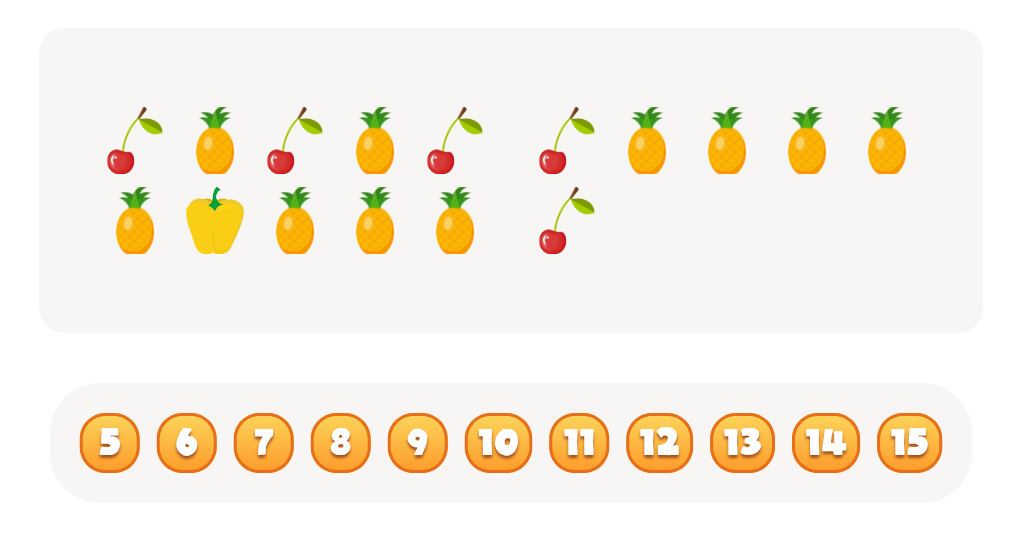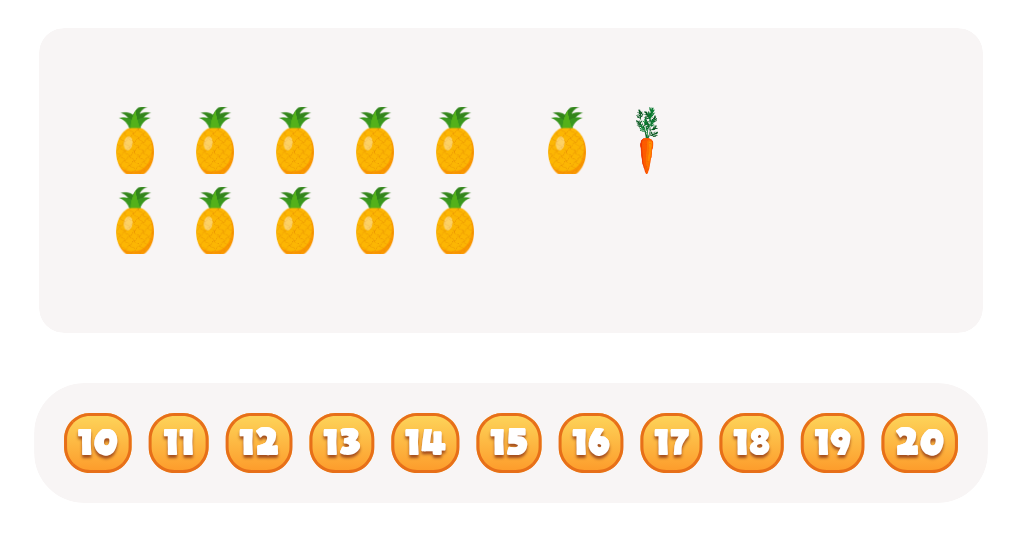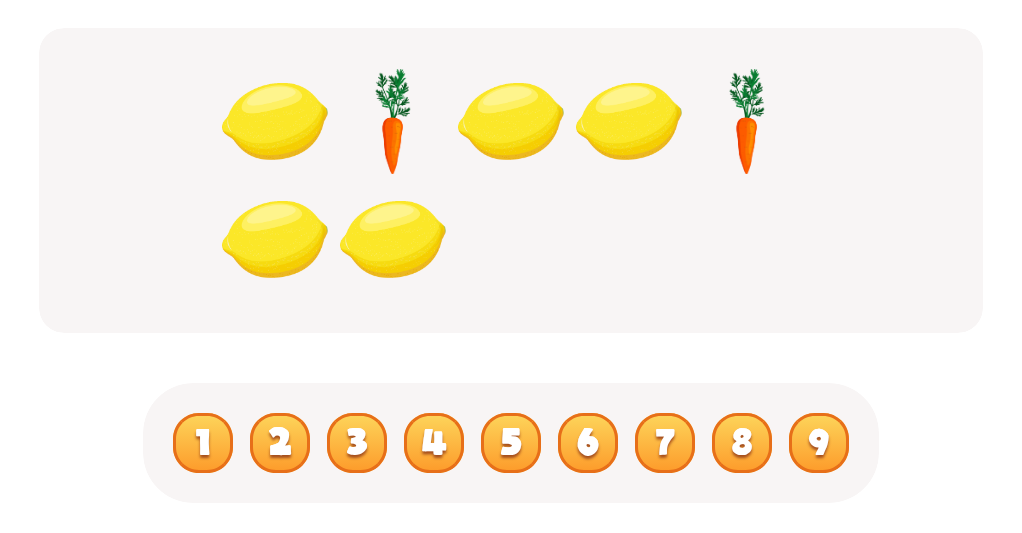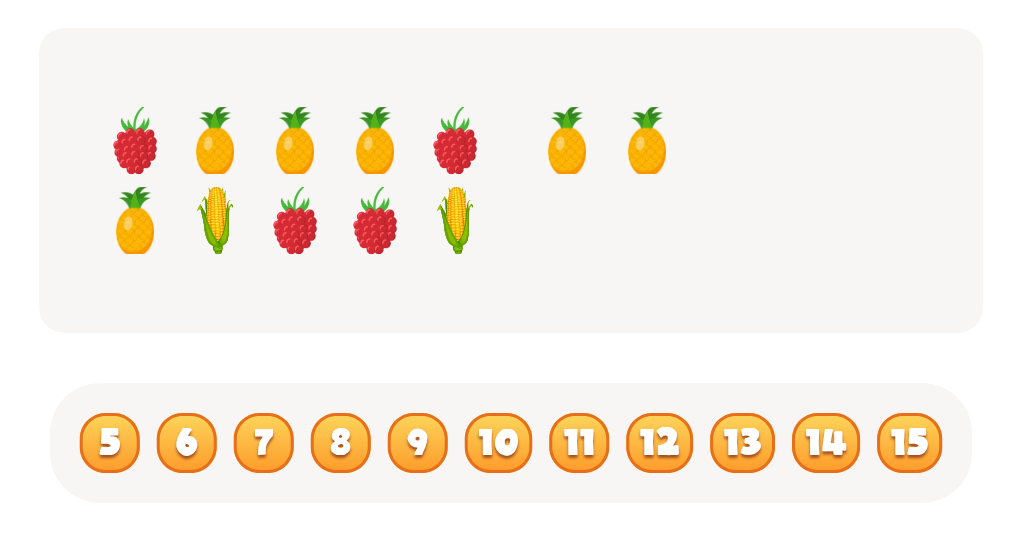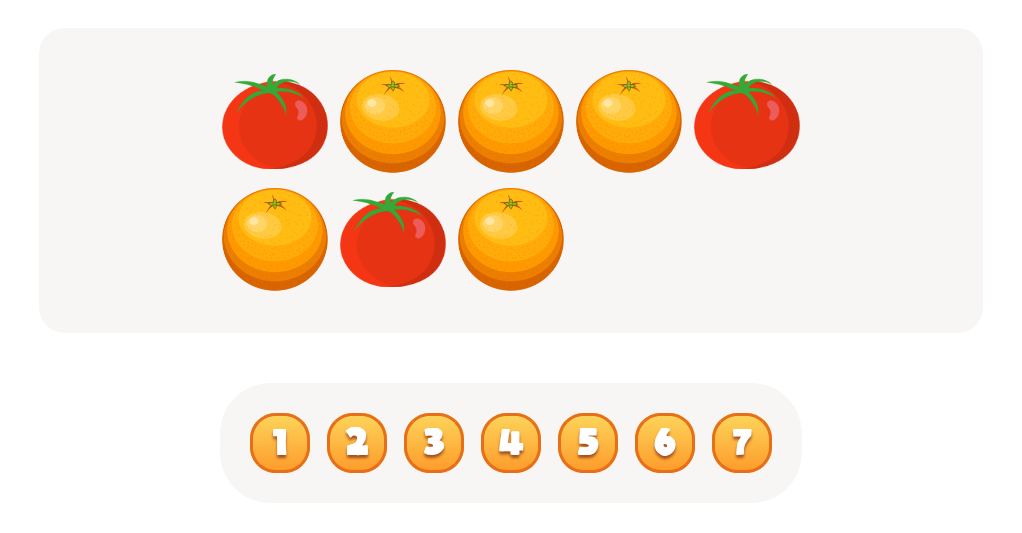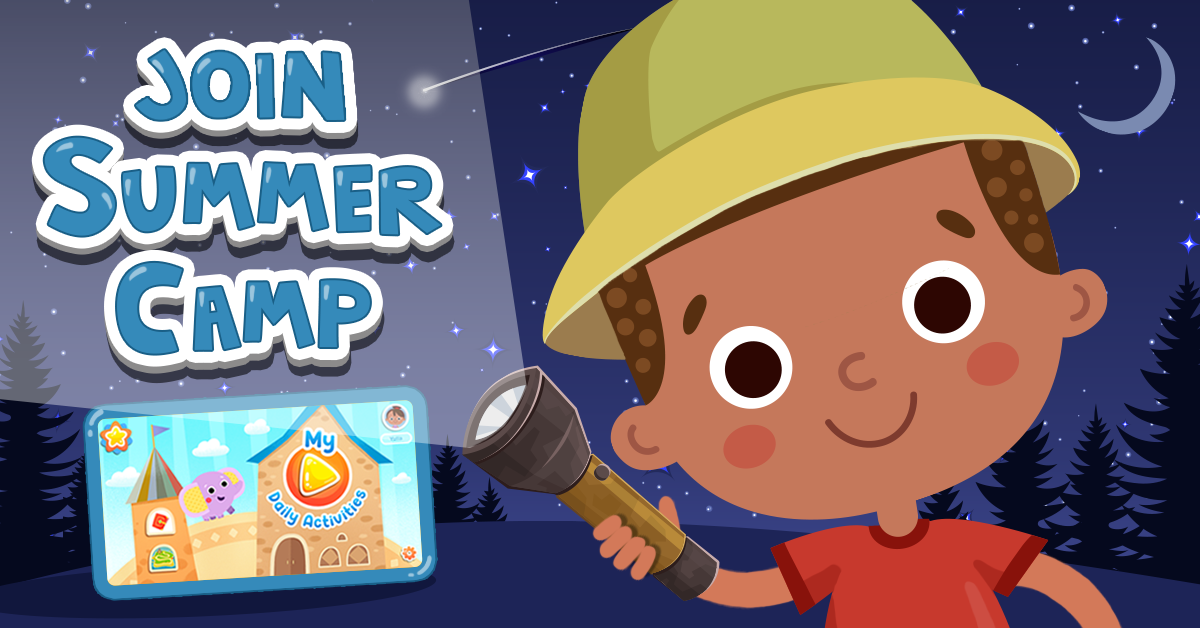Cognitive Development Normal Plants and Animals Worksheets for Ages 6-8
8 filtered results
-
From - To
Explore our collection of "Cognitive Development Normal Plants and Animals Worksheets for Ages 6-8" designed to captivate young minds and foster learning. These engaging worksheets help children understand the world of plants and animals through interactive activities, promoting critical thinking and observational skills. Perfect for classroom use or at-home practice, each worksheet aligns with educational standards, enhancing cognitive development while making learning fun. Discover lessons on plant life cycles, animal habitats, and more. Support your child's growth with our expertly crafted resources, ensuring a solid foundation in science and beyond. Download today and watch them thrive!
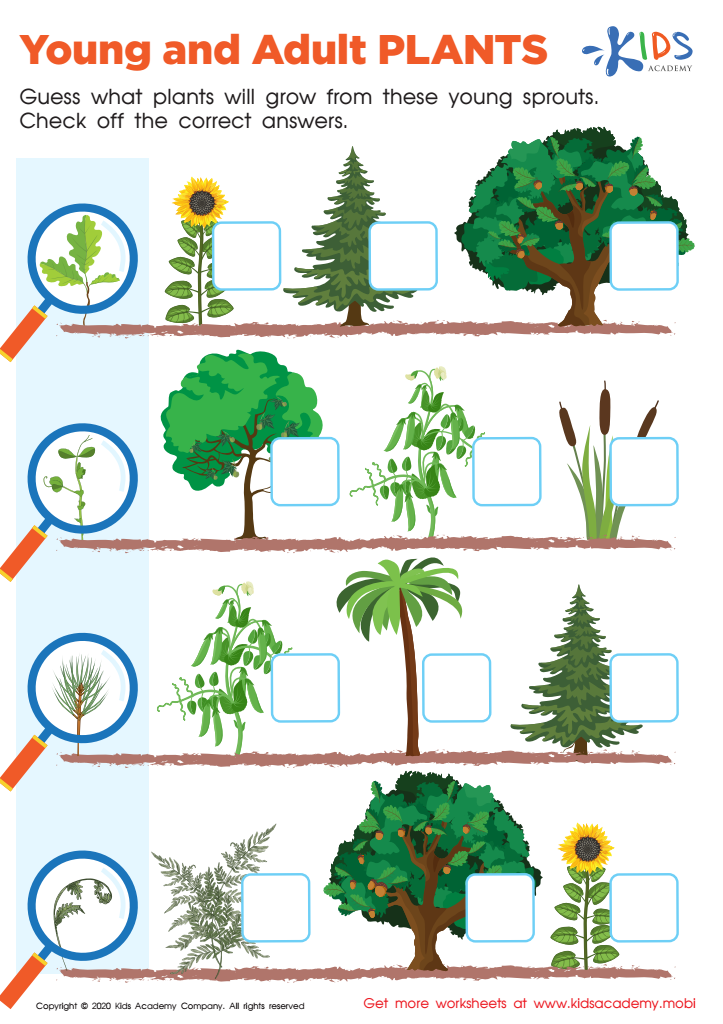

Young and Adult Plants Worksheet
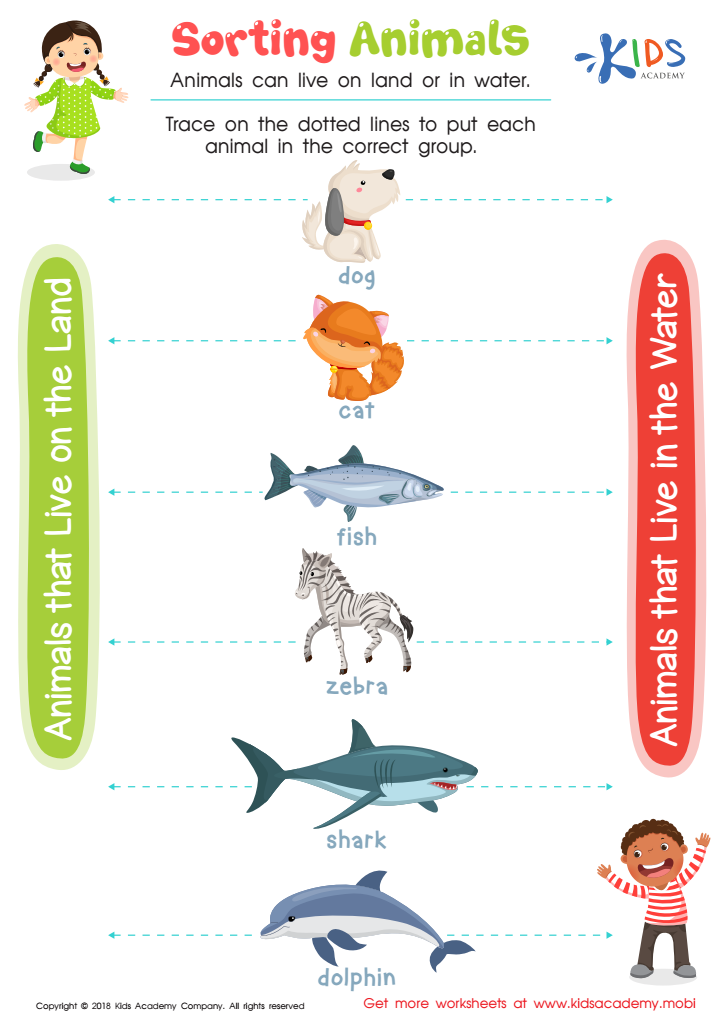

Sorting Animals Worksheet
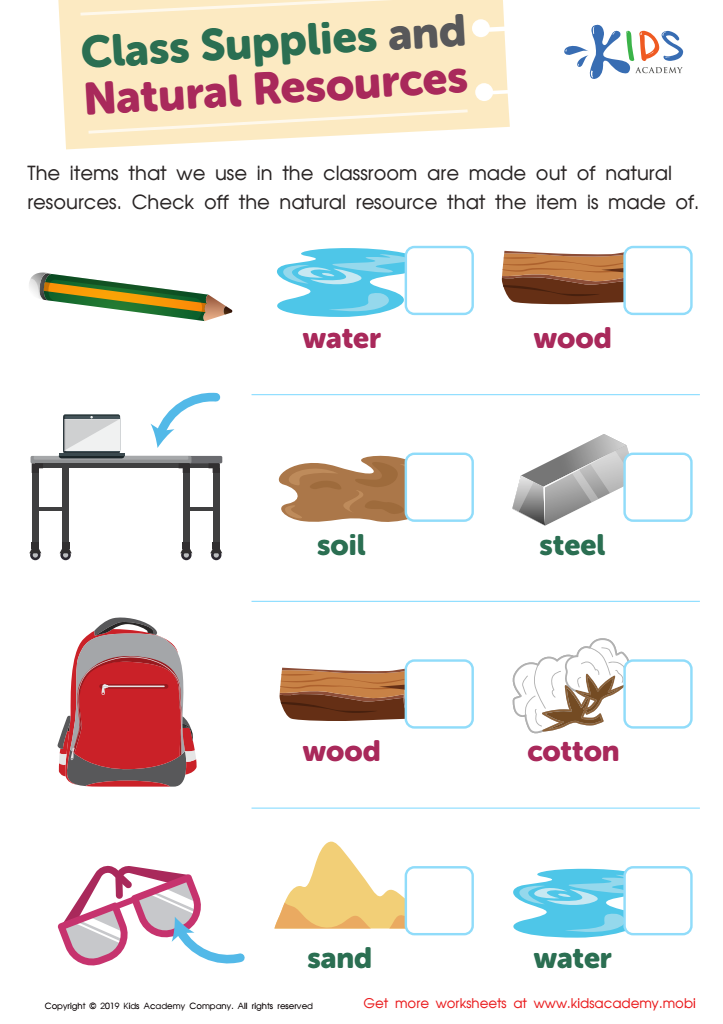

Class Supplies and Natural Resources Worksheet
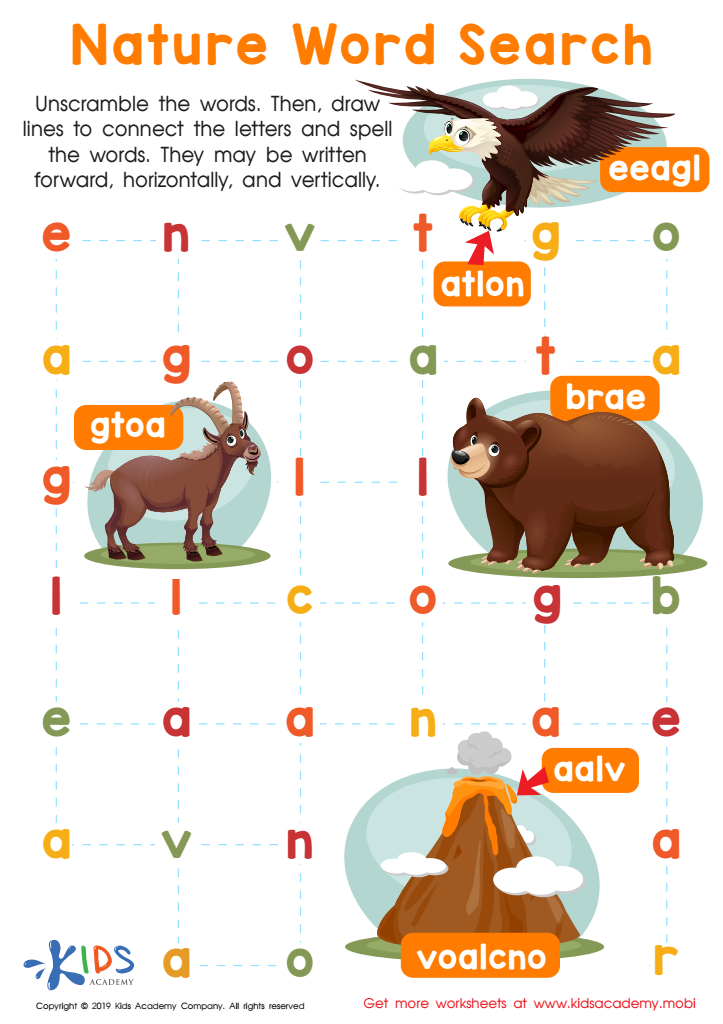

Nature Word Search Worksheet
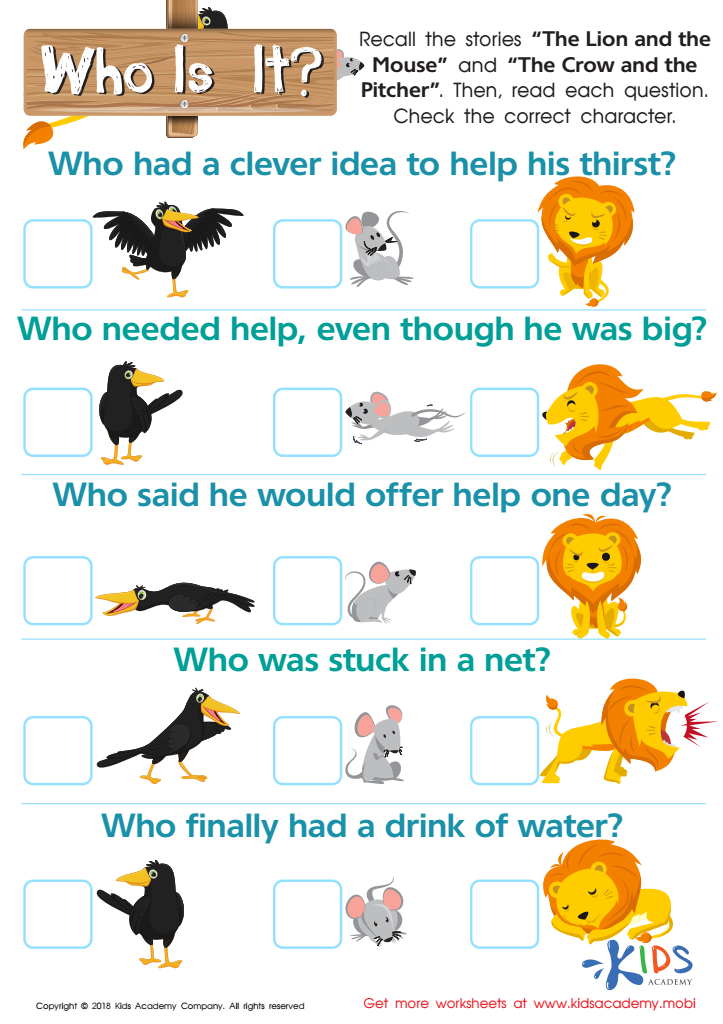

Who Is It? Worksheet
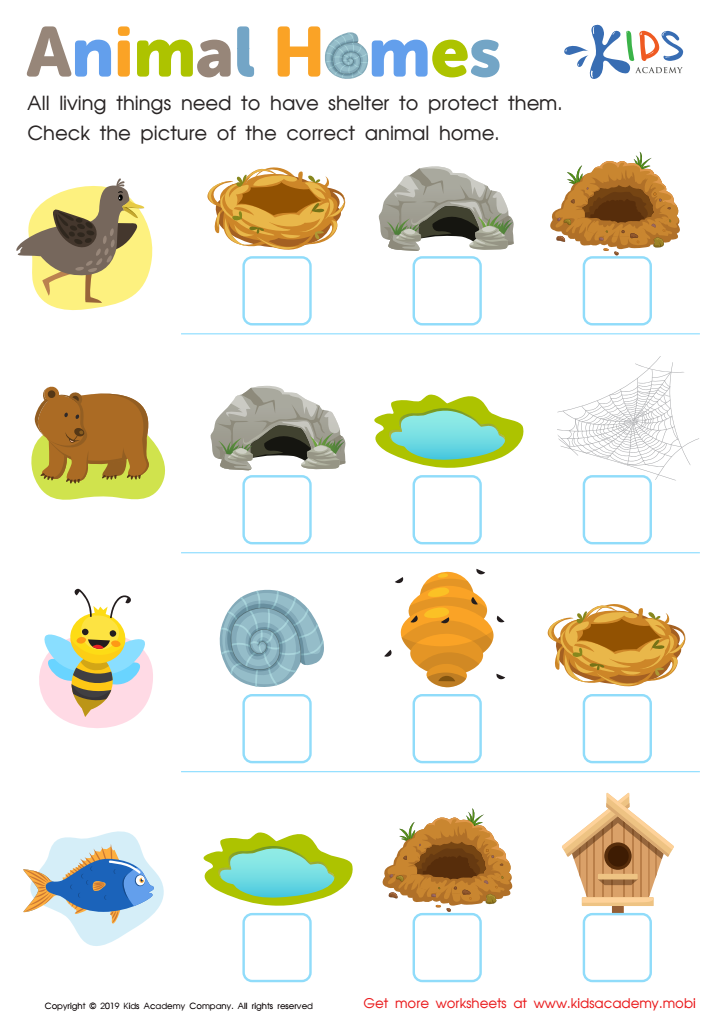

Animal Homes Worksheet
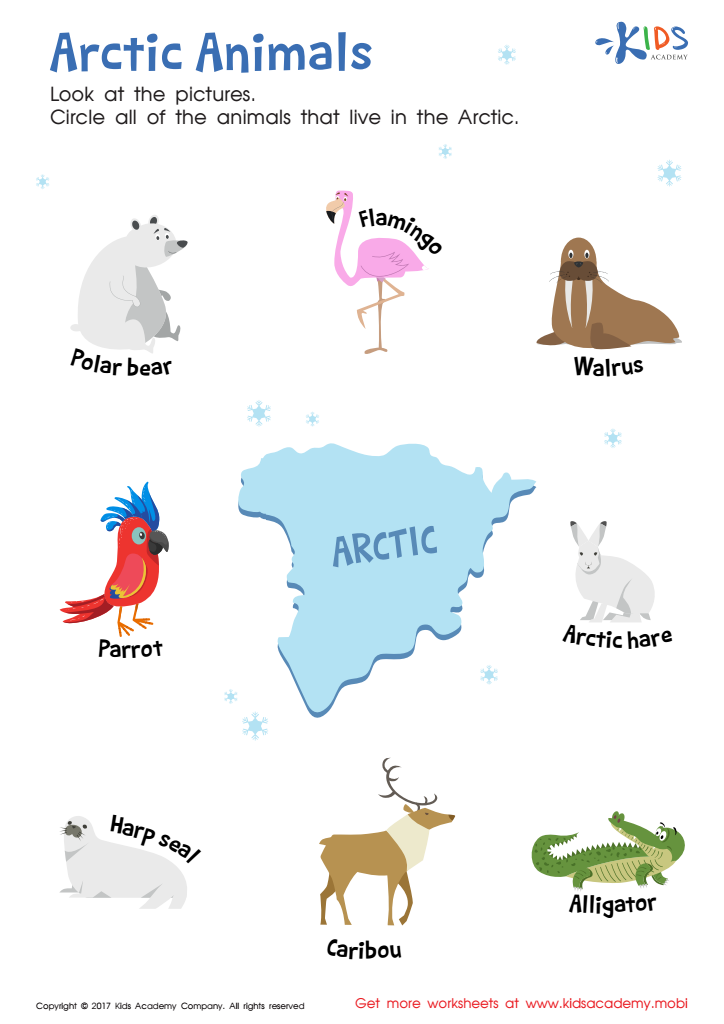

Arctic Animals Worksheet
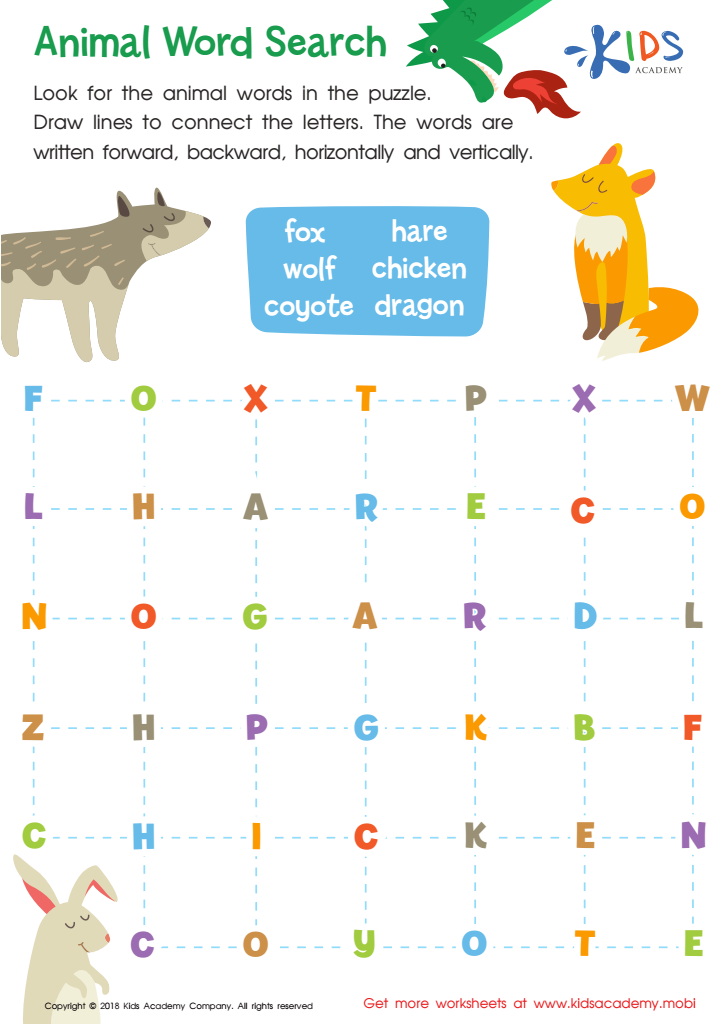

Animal Word Search Worksheet
Developing a solid understanding of cognitive development and knowledge about plants and animals is crucial for children aged 6-8 for several reasons. At this stage, children's cognitive abilities, such as thinking, reasoning, and problem-solving, are rapidly evolving. Supporting this growth is essential for building a strong foundation for lifelong learning.
First, understanding cognitive development helps parents and teachers create age-appropriate learning experiences that challenge and engage children. Activities that promote critical thinking, observation, and inquiry skills can enhance their intellectual growth and curiosity, making learning enjoyable and effective.
Second, integrating knowledge about plants and animals into early education fosters a connection between children and the natural world. This appreciation can promote environmental stewardship and empathy for living organisms. Learning about the life cycles, habitats, and roles of plants and animals can enhance children’s understanding of interdependence and ecological systems.
Moreover, hands-on experiences with nature, such as gardening or nature walks, can improve attention, reduce stress, and enhance overall well-being. These activities also provide a practical context for applying scientific concepts, promoting experiential learning, and retention.
In conclusion, a focus on cognitive development and environmental education for children ages 6-8 equips them with essential life skills and fosters a sense of responsibility toward the environment, aiding in their holistic development.
 Assign to My Students
Assign to My Students
